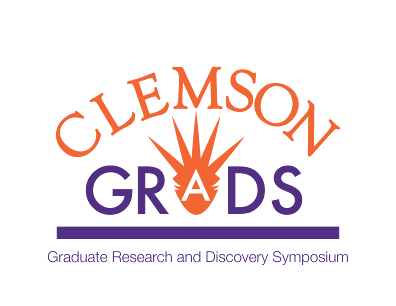Graduate Research and Discovery Symposium (GRADS)
Advisor
Tharon Howard
Document Type
Poster
Department
Architecture
Publication Date
Spring 2013
Abstract
Previous research on electronic textbook has produced mixed results, partly because of incomplete methodologies. Too many studies relied solely on qualitative data or imprecise learning outcome measurements. This research study was interested in what type of textbook (print, electronic, or web) helped students perform better on procedural and conceptual tasks. Forty-one first-year composition students at Clemson University were recruited to participate in a hybrid of quasi-experiment and think-aloud protocol. A quasi-experiment was used to gather quantitative data about how the different textbooks influenced performance, and a think-aloud was used to gather qualitative data about the participants\' opinions and attitudes. The conclusion of this study was that electronic textbooks confuse students because etextbooks attempt to reconcile the print and the digital reading experiences. Students bring specific expectations to both experiences; these expectations create a framework for understanding how to use different types of texts. While the website came in second on both the procedural and conceptual tasks, the website was the most efficient in helping the students gain conceptual knowledge. The website was also the text that the students said they would be most likely to use. Etextbooks need to be formatted more like websites to be most effective for students.
Recommended Citation
Messenger, Chelsie, "Reading Experiences, Digital Literacy, and Electronic Textbooks" (2013). Graduate Research and Discovery Symposium (GRADS). 13.
https://tigerprints.clemson.edu/grads_symposium/13


